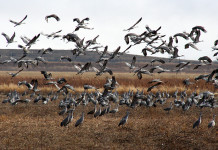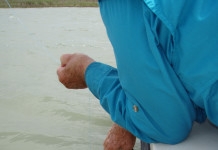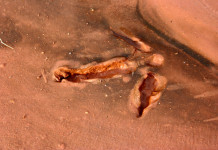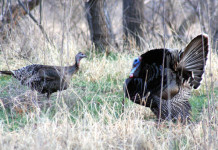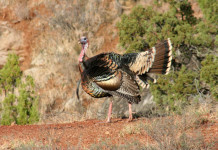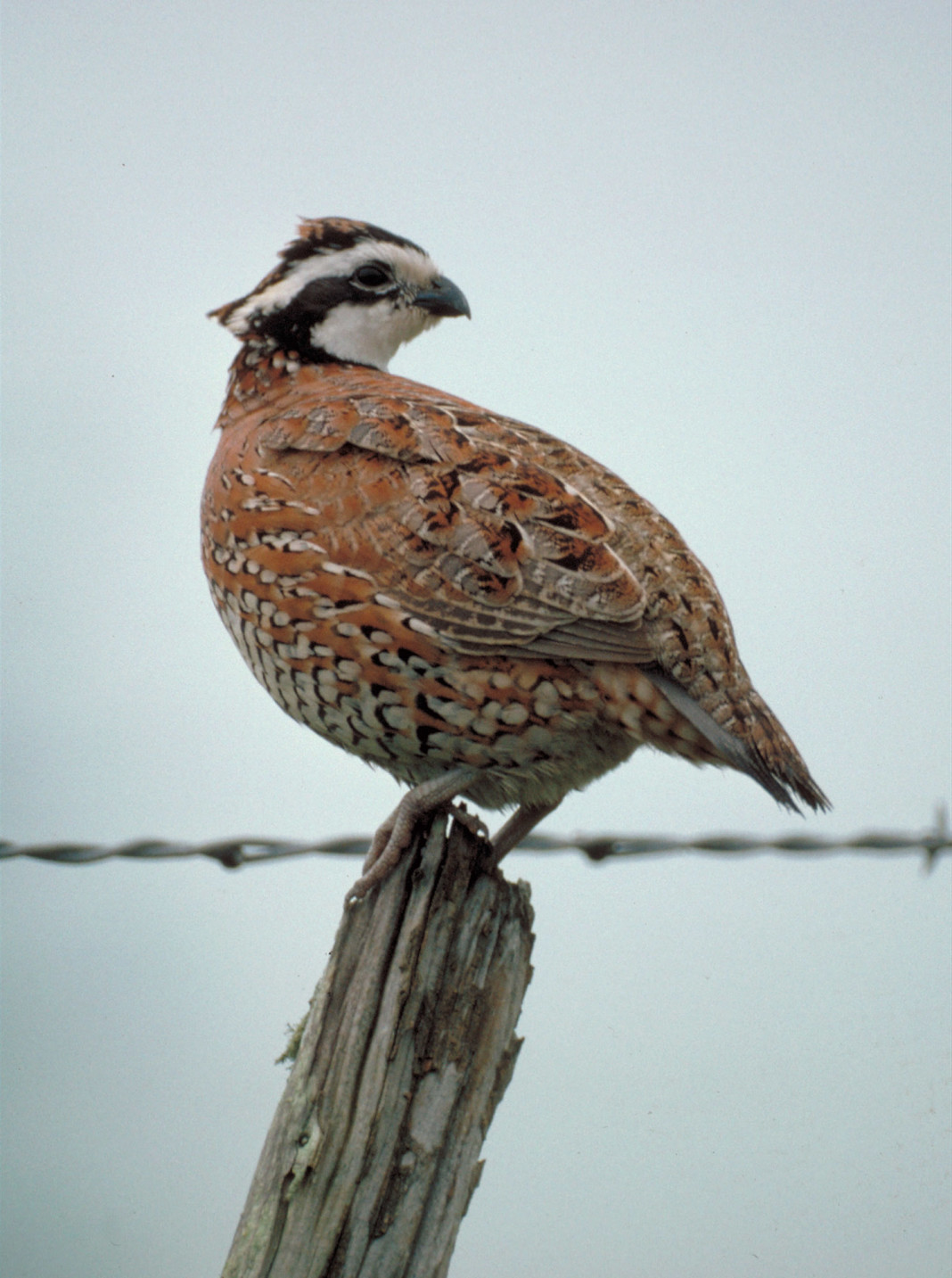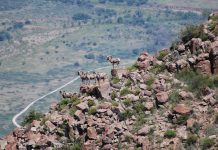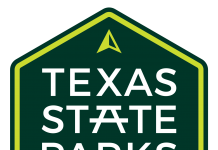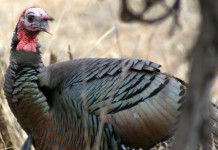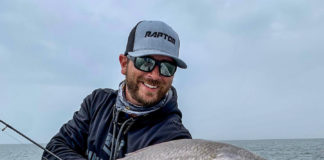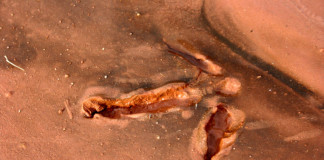The Texas Parks and Wildlife Department has awarded grants to put $4 million in quail habitat conservation on the ground, using a special appropriation by the state Legislature to help bring back the bobwhite quail.
“We chose places where quail are gone, but they haven’t been gone long, kind of the front line in the battle to restore bobwhites,” said Robert Perez, TPWD upland game bird program leader, in a news release. “It’s a first out, first back in concept. Can we bring quail back? That’s the question we’re exploring in these focus areas.”
The focus areas are southeast Texas area, close to a dozen counties around Columbus, Sealy and Victoria; the Interstate 35 corridor area in Navarro and Ellis counties; and the Rolling Plains and Cross Timbers areas, counties near Wichita Falls.
“We’re using the $4 million to concentrate efforts in certain counties, with partners, so that the funding goes on the ground, and you build up enough habitat to support viable quail populations that are visible in numbers,” Perez said. The government will never be able to pay enough to restore millions of acres for quail habitat. The goal is to demonstrate success in various areas of the state and show that quail habitat can be restored, to inspire and guide private landowners throughout the quail range.”
Fifteen grants have been awarded and two more in process to various nonprofits, universities and others for grassland restoration in the three focus areas. The $4 million comes from the sale of $7 upland game bird stamps purchased by hunters.
Grant partners include organizations like the Wildlife Habitat Federation west of Houston, the Western Navarro Bobwhite Recovery Initiative south of Dallas and the Grassland Restoration Incentive Program under the Oaks & Prairies Joint Venture, which has delivered habitat restoration projects on more than 36,000 acres of grasslands in the three focus areas.
Perez also received a federal Wildlife Restoration Program grant for $200,000 over four years to fund multi-year quail population monitoring to measure the impact that combined restoration efforts are having on quail populations and other grassland birds in the focus areas.
Since 1980 bobwhite populations in Texas have declined at a rate of about 5.6 percent per year. Scaled quail populations in western Texas also have declined at a rate of about 2.9 percent per year. These numbers add up to a 75 percent loss in bobwhites and a 66 percent loss in scaled quail. Many reasons are cited for the declines, but evidence points to changes in the quantity and quality of habitat as the leading cause.
At least 24 other grassland birds also are in serious decline. The situation was highlighted in the “The State of the Birds 2014” report released Sept. 9, billed as the most comprehensive review of long-term trend data for U.S. birds conducted. Quail restoration grants are guided by TPWD’s Upland Game Bird Strategic Plan, a five year roadmap for quail recovery. This in turn is part of a national umbrella plan, the National Bobwhite Conservation Initiative.




